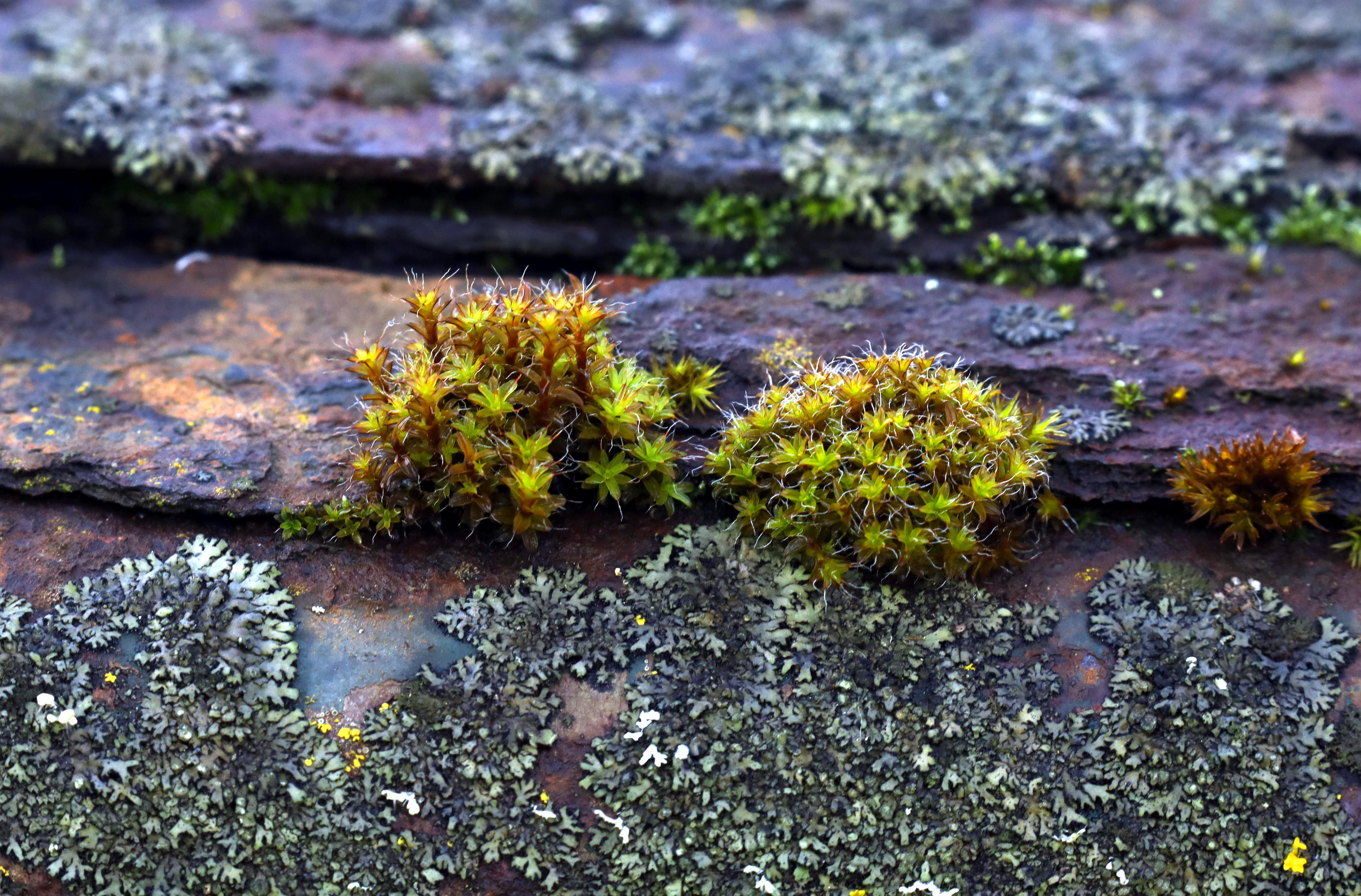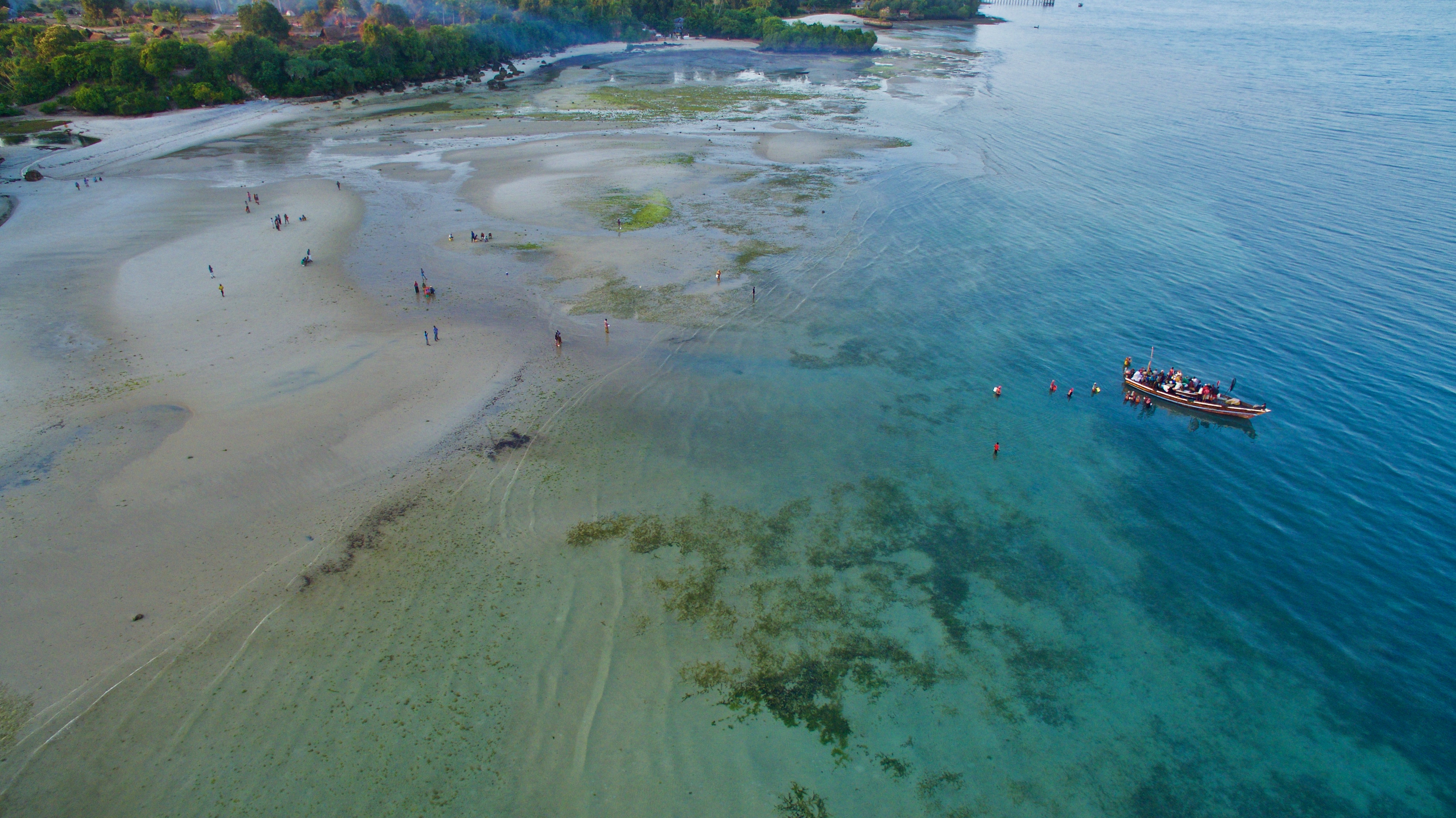Various mosses and lichens
Copyright© Natalie T. , via flickr, CC BY-NC-SA 2.0 DEED
Protection of ecosystems Protecting ecosystems, facilitating equitable development
The territories of Indigenous Peoples and local communities can also be recognised as protected areas. Many Indigenous groups depend very much on natural resources and biodiversity. Their traditional knowledge plays an important role for biodiversity conservation.
Achievements
Worldwide, some 17 per cent of the Earth's land area and 8 per cent of its oceans have been put under protection (as at August 2024). The total area of protected areas has quadrupled since 1990 and is now over 50 million square kilometres – an area about 140 times as big as Germany. This includes small nature reserves, large national parks, biosphere reserves, landscape protection areas, and protected areas that are administered by Indigenous people or local or private entities. Ideally, protected areas are physically linked, including across national borders.
At present, ecosystems in protected areas account for about 20 per cent of terrestrial carbon sequestration and provide drinking water for one third of the world's 100 largest cities.
Through its development cooperation, Germany has successfully contributed to establishing and financing many protected areas, and to ensuring their effective and equitable management. Worldwide, the BMZ supports over 900 terrestrial and marine protected areas (as at December 2023), thus fostering the protection of ecosystems. This support follows a human rights-based approach which puts local communities at the centre.
Challenges
The progress achieved so far is encouraging but by no means sufficient. Putting an area under protection does not guarantee biodiversity conservation. Protected areas require competent management to keep them environmentally intact and ensure the participation of local communities. To that end, effective and equitable administration, clear land rights and land use rights, and reliable long-term funding are essential. The BMZ's broad range of support activities contributes towards this.
Moreover, a much larger area of our planet must be put under protection. That is why the parties to the Convention on Biological Diversity (CBD) adopted the Global Biodiversity Framework in 2022, in which they committed themselves to put 30 per cent of the Earth's land, ocean and inland waters under effective protection by 2030.
In all its nature conservation activities, the BMZ adheres to the fundamental principles of protecting human rights, engaging with Indigenous Peoples and local communities, and pursuing a development-oriented approach that delivers tangible benefits for local people.
As at: 08/10/2024





